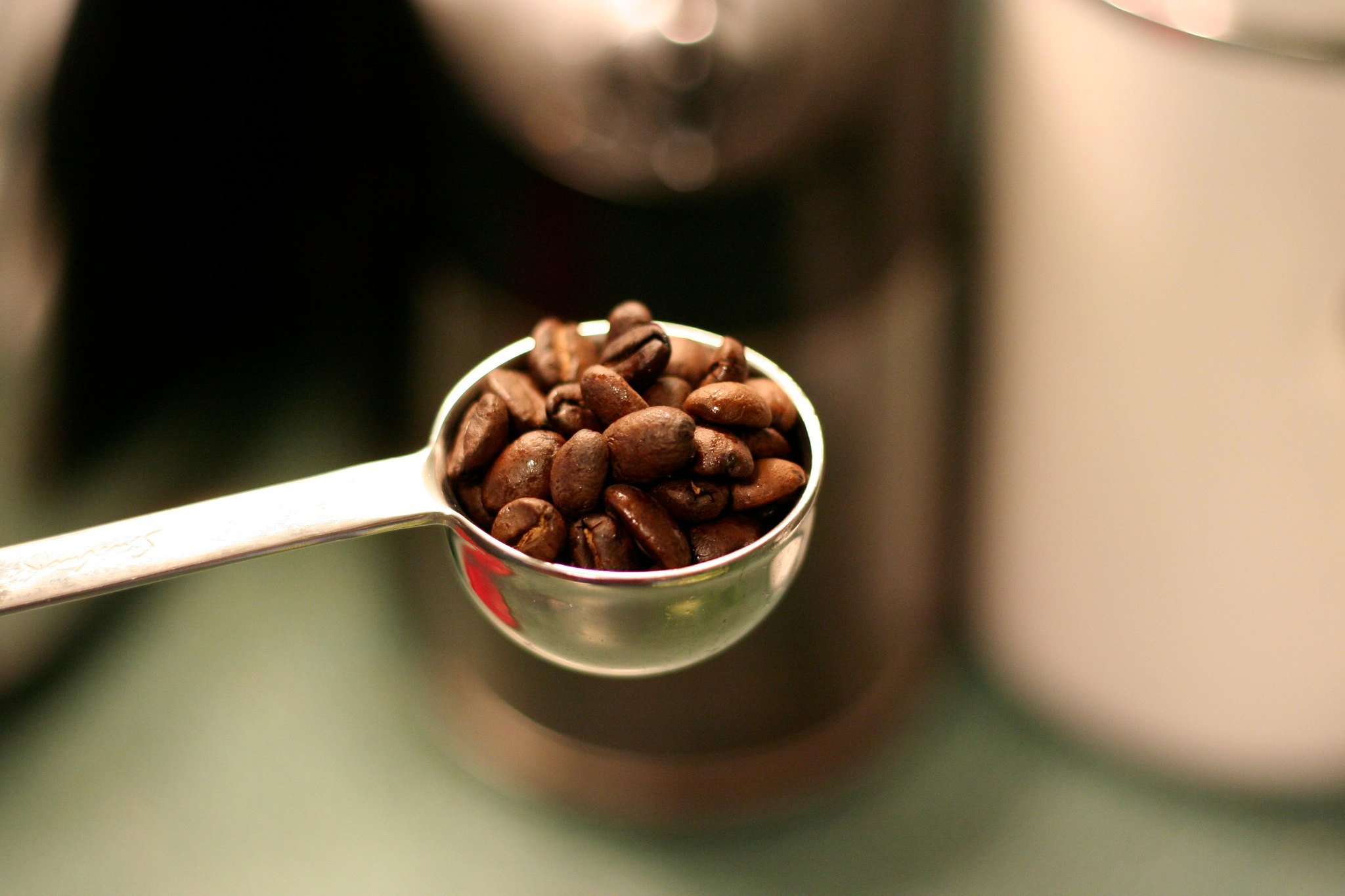
Researchers at the Royal Melbourne Institute of Technology University (RMIT University) in Australia revealed that substituting some of the sand in concrete with used coffee grounds could make concrete up to thirty percent stronger.
Dr. Rajeev Roychand, the main researcher at RMIT University, led the research team to achieving stronger concrete by converting leftover coffee grounds into biochar, a process that involves using less energy and no oxygen at a temperature of 350 degrees Celsius.
Dealing with organic waste is a problem for the environment due to the release of substantial greenhouse gases such as methane and carbon dioxide. These gases play a role in climate change, Dr. Roychand confirmed.
Scientists brew stronger concrete with coffee grounds.
Transforming spent coffee grounds into a valuable resource for the enhancement of concrete strength @sciencedirect
https://t.co/Ax3aBT59jE pic.twitter.com/6tTU7WpE59— Ø Vazquez 🍯 (@ovaz1088) August 23, 2023
The research team further explained that this method has the potential to not only enhance concrete strength but to also assist in redirecting waste away from landfills.
Every year, around ten million tons of coffee waste is produced worldwide. Moreover, this approach could be applied to other organic materials as well, according to this new study published in the Journal of Cleaner Production.
50 billion tons of natural sand used in construction each year
Assistant Professor of Civil and Infrastructure Engineering at RMIT University, Jie Li, mentioned that the biochar from coffee was used to substitute a part of the sand in concrete mixture.
Li highlighted that constantly mining natural sand across the globe to match the fast-rising needs of the construction sector greatly affects the environment.
The university’s research indicates that fifty billion tons of natural sand are utilized in construction ventures worldwide annually.
Maintaining a reliable source of sand is a challenging task due to the finite availability of resources and the environmental impact of sand mining, according to Li.
Embracing a circular economy approach can help divert organic waste away from landfills and contribute to the better preservation of precious resources such as sand.
The process of using coffee in concrete mixture
Throughout the experimental phase, researchers explored the process of pyrolyzing coffee waste at various temperatures, ranging from 350°C to 500°C.
However, this was done to assess whether it could effectively enhance the physical, chemical, and mechanical characteristics of concrete.
Engineers from @RMIT have found a way of making stronger concrete with roasted used-coffee grounds, to give the drink-additive a “double shot” at life and reduce waste going to landfills ☕️🏡🏙️.
Check out the full story: https://t.co/f4XyyNV1q0 pic.twitter.com/zvIzQrjJi1
— RMIT Research (@ResearchRMIT) August 23, 2023
Both the original coffee waste and the pyrolyzed versions were utilized to substitute fine aggregates at different levels, namely at five, ten, fifteen, and twenty percent of the total volume.
To examine the attributes of the raw material and its effectiveness in the blended concrete composites, a series of tests were conducted.
These tests included X-ray fluorescence, analysis of Carbon, Hydrogen, Nitrogen, and Sulfur (CHNS), laser diffraction particle size analysis, X-ray diffraction, scanning electron microscopy, and compressive strength assessments.
The findings indicate that the release of organic compounds from coffee interferes with the cement particles’ hydration process, thereby affecting concrete’s compressive strength.
Nevertheless, subjecting the coffee waste to pyrolysis at 350°C notably enhanced its characteristics. This led to a 29.3 percent enhancement in the compressive strength of the composite concrete when blended with fifteen percent coffee biochar.
See all the latest news from Greece and the world at Greekreporter.com. Contact our newsroom to report an update or send your story, photos and videos. Follow GR on Google News and subscribe here to our daily email!



